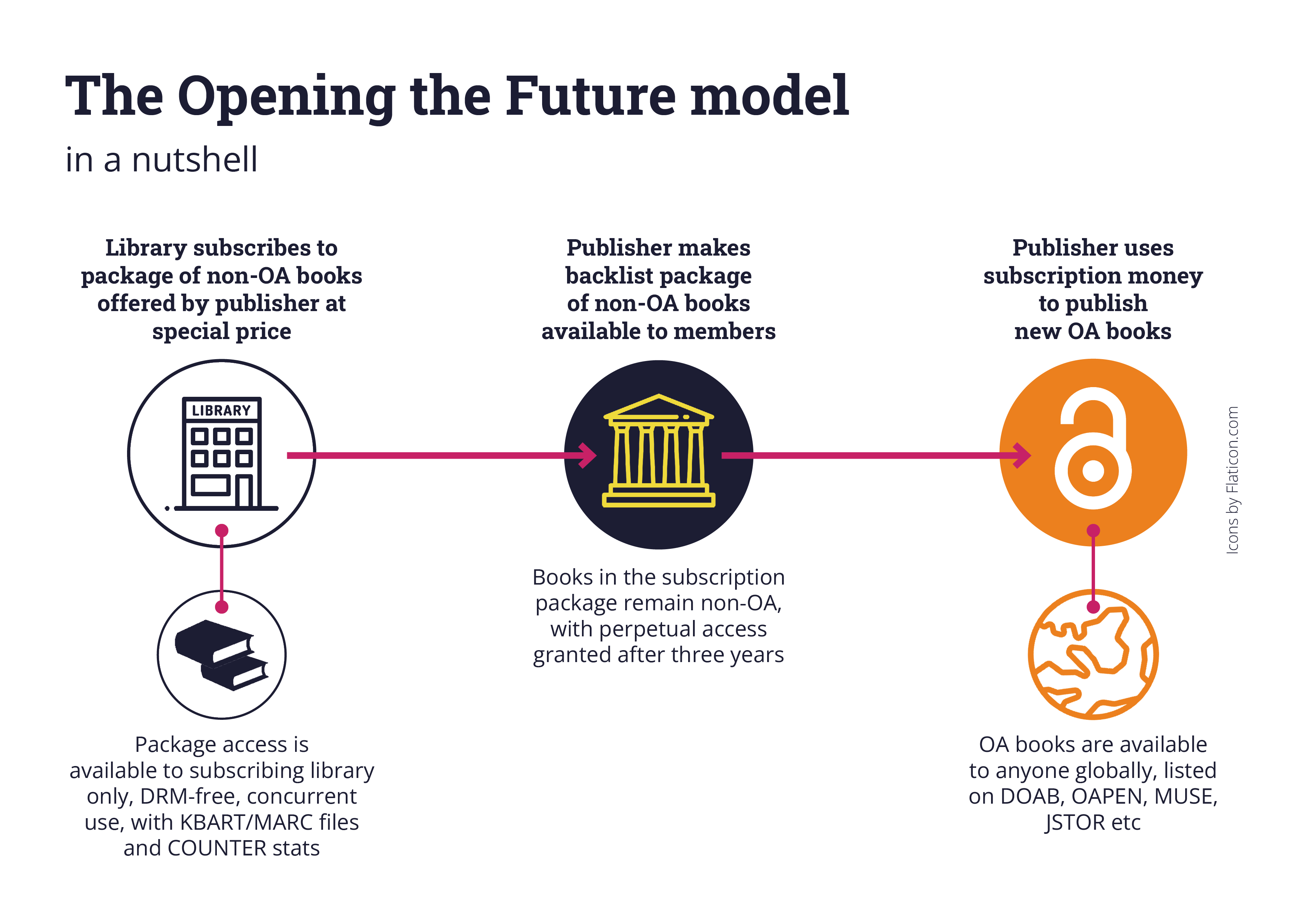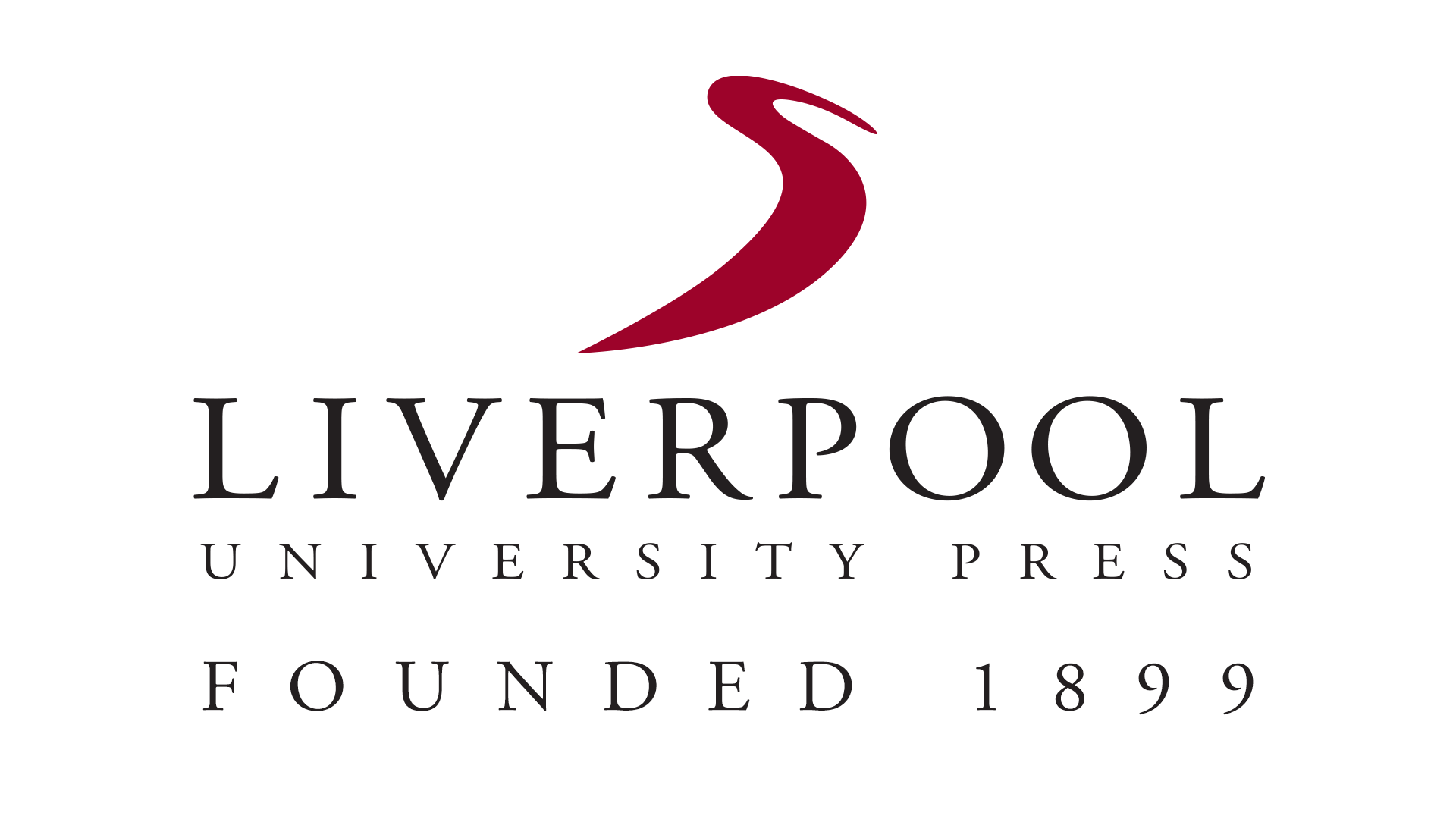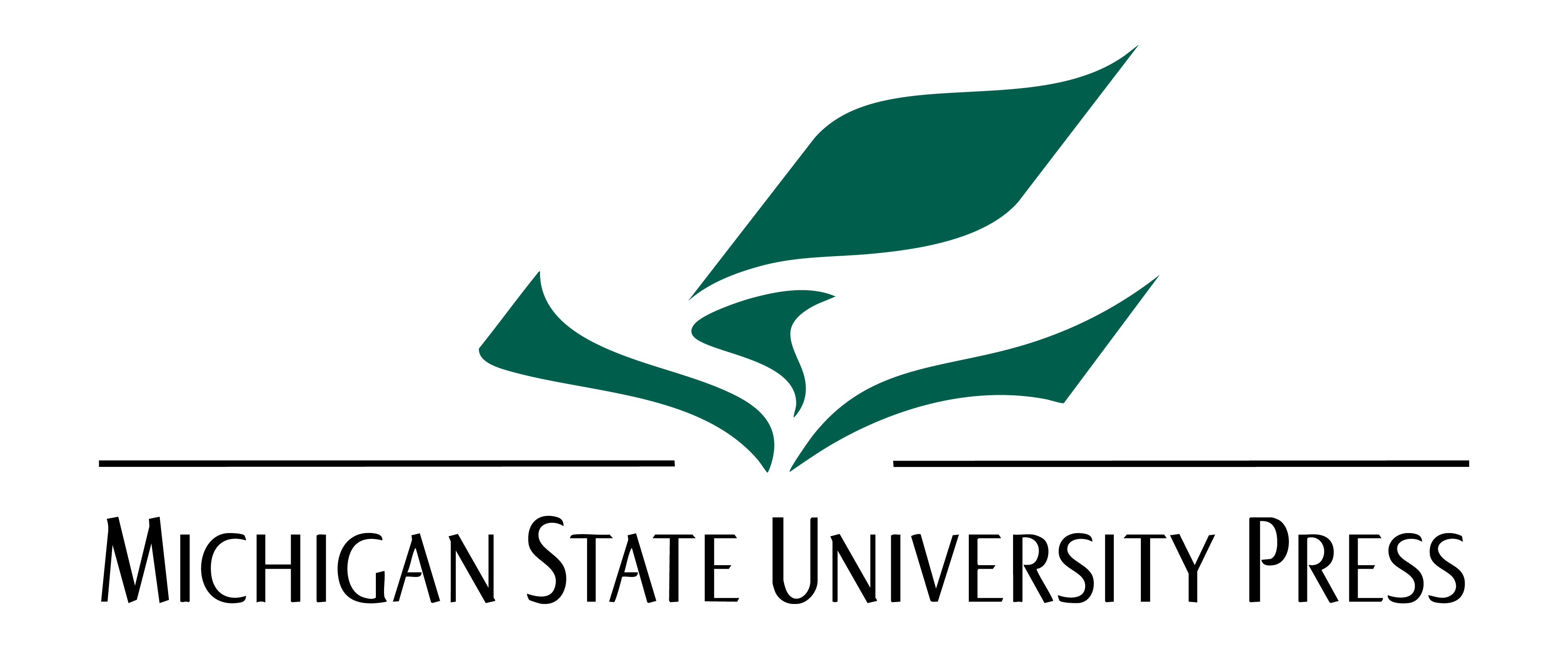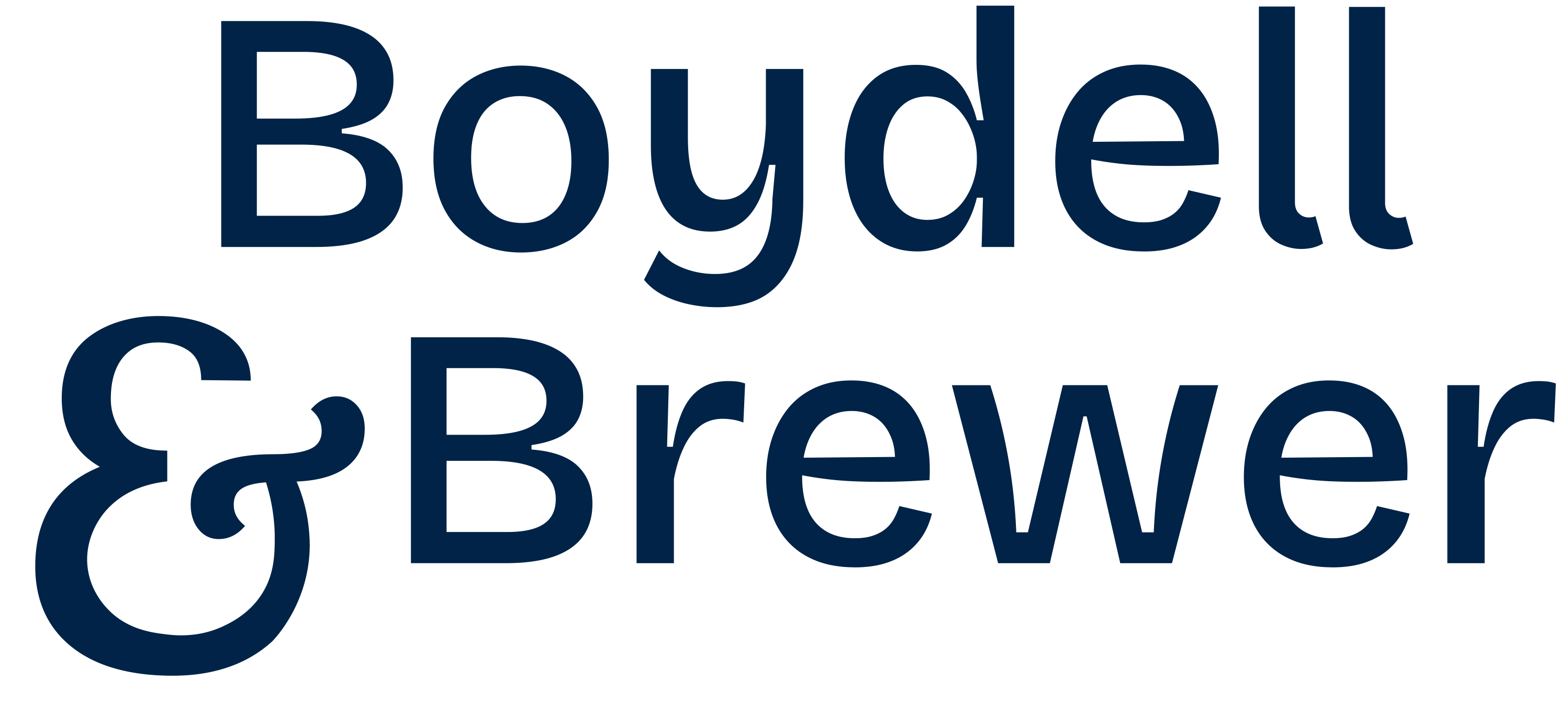About the Model
Opening the Future is a monograph subscription model that makes library funds go further through its collective membership scheme: achieving the dual objectives of enhancing collections while also supporting open access.
It's a simple library subscription membership programme whereby a press provides gated access to portions of their (closed) backlist books at a special price, and then uses the revenue from members' subscriptions to allow the frontlist to be OA from the date of publication.
Members pay a small annual fee to get DRM-free, unlimited access to a closed selection of well-regarded publishers' backlists, with perpetual access after three years. The membership revenue is used only to produce new OA monographs, without forcing authors to find funding for book processing charges (BPCs). The programme was shortlisted for an ALPSP Innovation in Publishing Award soon after launching.
Building on library journal membership models such as Open Library of the Humanities and 'Subscribe to Open', this is a sustainable OA monograph publishing model that gives members access to a selection of the extensive backlist. The membership revenue is used to make newly-published books openly accessible to anyone.
How it works

Our publishers
Background
It has become increasingly clear, as open access has become more discussed, and even mandated, in monograph publishing, that current models based on BPCs are unsustainable and unequitable. Building on library journal subscription models and successful book membership programmes, Opening the Future funds new open access (OA) books that will be available to anyone. With small contributions from a large number of academic libraries, no single institution bears a disproportionate burden, and scholars and institutions around the world stand to benefit.
There are many academic libraries purchasing books, but by implementing a subscription model to purchase books, we broaden the pool to bring libraries who have not yet funded OA schemes into the fold. They come for the backlist and we hope that they will then stay for the OA.
The model scales dynamically. Presses that have adopted it will continue to operate exactly as they are at the moment. However, the moment they have enough revenue to make a book OA through the scheme, the next book to be published can be made open access. In this way, presses don't need to wait until they have 200 libraries (for example) to start making things OA. Open access publishing can start once they have around 10 or 15 members (this number will vary depending on individual press publishing costs).
Opening the Future launched in early 2021 with the Central European University Press coming forward to pilot the model, and it expanded later that year with Liverpool University Press adopting a version of the model for two of their book series. Michigan State University Press launched a book series model in summer 2025 and Boydell & Brewer launched several OtF packages in Autumn/Fall of 2025. Further publishers are considering their options with at least one more slated to launch in January 2026.You can access the books and membership deals on offer from all participating presses by clicking on their logos on our home page or by clicking the buttons above.
We are always interested in talking to scholarly publishers who might like to launch an OtF programme themselves. If you would like to discuss this with the project team, please click here for more details.
The future
Copim is an international partnership of researchers, universities, librarians, publishers and infrastructure providers supported by the Research England Development Fund (REDFund) and by Arcadia, a charitable fund of Lisbet Rausing and Peter Baldwin. CEU Press were assisted by Copim in implementing Opening the Future. You can find out more about the Copim Community and its other open infrastructures at: www.copim.ac.uk
If we wish to see a fair transition to open access for books, across the university sector, we need presses to implement these models themselves. No one model will fit all publishers or use cases but models like Opening the Future that scale dynamically as the revenue becomes available can set us on the right path.





